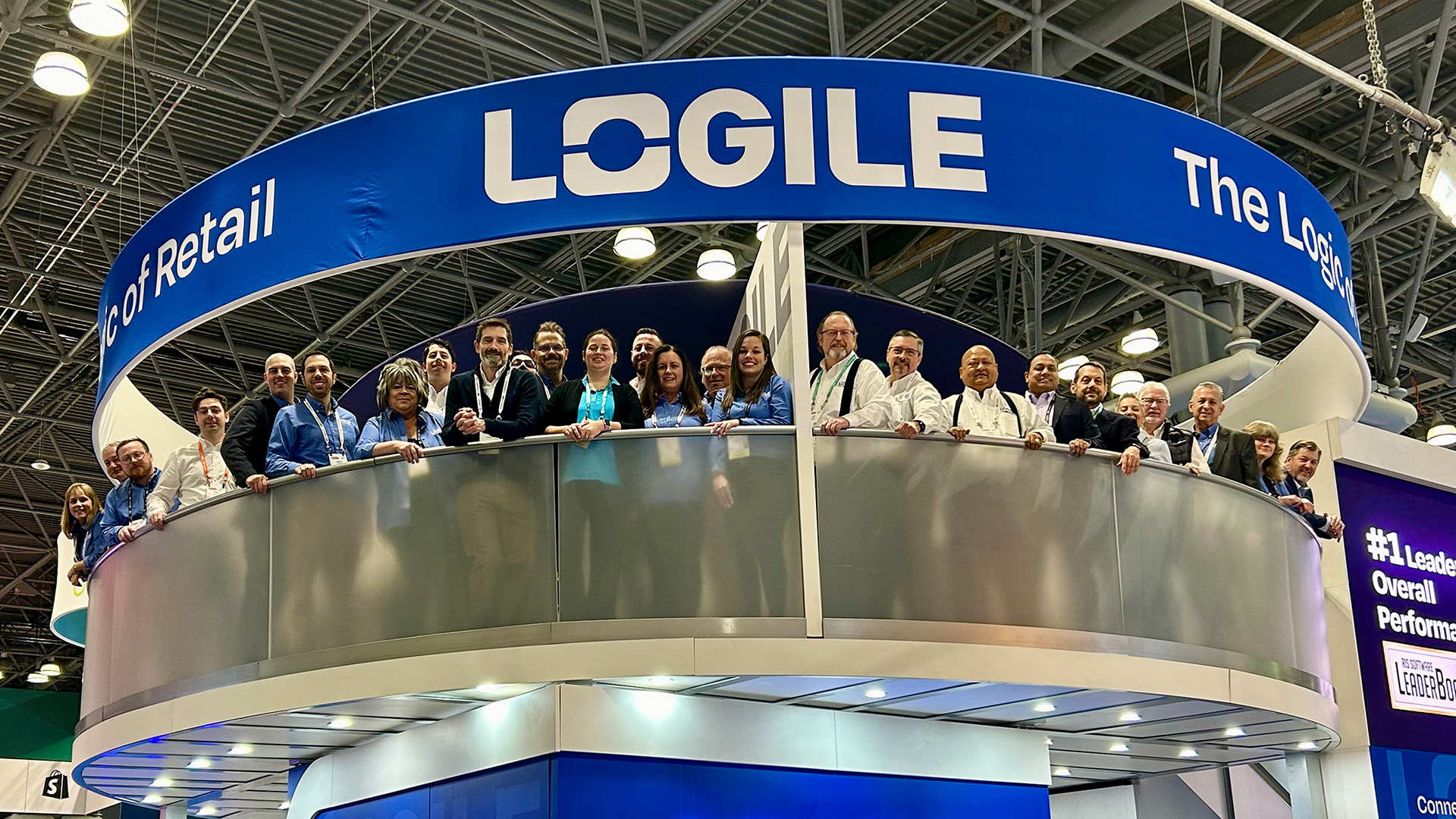3 minute read
What’s Not So Straightforward About Employee Retention?

While consulting, I often hear about difficulties from clients regarding employee retention. In a 2016 study by the Society for Human Resource Management1, 46 percent of managers labeled employee retention as their top concern. When retaining employees is going well, it is easy to let be and consumes minimal leadership resources. When it is not, retention becomes top-of-mind, time consuming and potentially very expensive.
It is the responsibility of an organization’s leaders to retain its employees and develop a culture that attracts talent to support the business’s longevity. Sounds frank and simple, right? Here is the dig: hiring expectations have changed. Employee loyalty looks much different in 2019 than it did in 1999, and drastically different from 1979. In my opinion, the current generation is loyal to a role but not an organization.
Research confirms this. Gallup reported in 2017 that one in three associates changed jobs within the last three years. Today’s workforce is struggling to recover from the 2009 Great Recession with millennials having the highest rates of unemployment and underemployment2. One reason employees may be quick to transition is optimism around finding the right job with the right attributes (i.e., flexibility, pay, purpose, etc.)2, 3.
In that same Gallup study, authors noted that most employees left their jobs for growth opportunities, pay and benefits, management, company culture or job fit2. It seems clear that people are “looking and leaving” for new jobs relatively quickly2. When an organization loses an employee to another company, it is costly in more ways than one.
Why Is Employee Retention Important?
I may be stating the obvious, but personnel losses are said to alienate customers, reduce performance, hinder diversity and demoralize employees3. Turnover also costs anywhere from 16 percent to 213 percent of a position’s annual salary, according to a study conducted by the Center of American Progress3.
On the flip side, I believe employee retention supports an organization’s productivity, improves culture and increases earnings. Below are four opportunities for reducing employee turnover that were effective in my time in retail management and consulting. Hopefully, they offer insights, options and creativity in your fight against turnover.
- Balance Work, Life and Relationships. First and foremost, companies that treat their people with respect and appreciation keep their employees around. Organizations can provide work-life balance to employees by offering competitive benefits and encouraging associates to use them. Management might spend time on team building and self-care to foster positive relationships and increase employee fulfillment.
- Provide Feedback. Retail leaders can provide constructive criticism to employees by honoring their personhood while encouraging optimal behavior. Positive and negative feedback must be responsive, clear and specific from leadership. Employees should feel comfortable communicating with supervisors about ideas and concerns, but this is only possible through leader transparency.
- Empower Your Workforce. Generally, empowered employees feel belonging and ownership at work. They know how and why their roles matter. They feel permitted to take initiative even through grassroots measures. As a former retail manager, I experienced employees solving problems collectively through creativity, innovation and risk-taking. These employees became informed, trusted and involved in my organization.
- Schedule Flexibly and Predictably. In my experience, flexible schedules were instrumental for employee retention. This tool allowed associates to plan ahead for things like babysitters and second jobs. The reciprocal benefit was demand-appropriate staffing. Thus, schedule flexibility and predictability supported employee quality-of-life, improved company satisfaction and retained invested associates.
A Final Thought for Employee Retention
Overall, investing positively in employees is the most effective way to hold on to human capital. Empowered associates reduce costs, boost revenue and strengthen cultures. Retail leaders must be supported from the top down to make this happen sustainably. It begins with C-suite executives. The good news is employee retention is a consequence of healthy habits. We hope this blog post aided you to consider healthy organizational customs for your business in 2019.
References
- Lee, T. W., Hom, P., Eberly, M., Li, J. J. (2018). Managing employee retention and turnover with 21st century ideas. Organizational Dynamics, 47, 88-98. doi: 10.1016/j.orgdyn.2017.08.004
- Gallup, Inc. (2017). State of the American Workplace [PDF file]. com. Retrieved from https://www.gallup.com/workplace/238085/state-american-workplace-report-2017.aspx
- Boushey, H., & Glynn, S. J. (2012, November 16). There are significant business costs to replacing employees. org. Retrieved from https://www.americanprogress.org/issues/economy/reports/2012/11/16/44464/there-are-significant-business-costs-to-replacing-employees/



